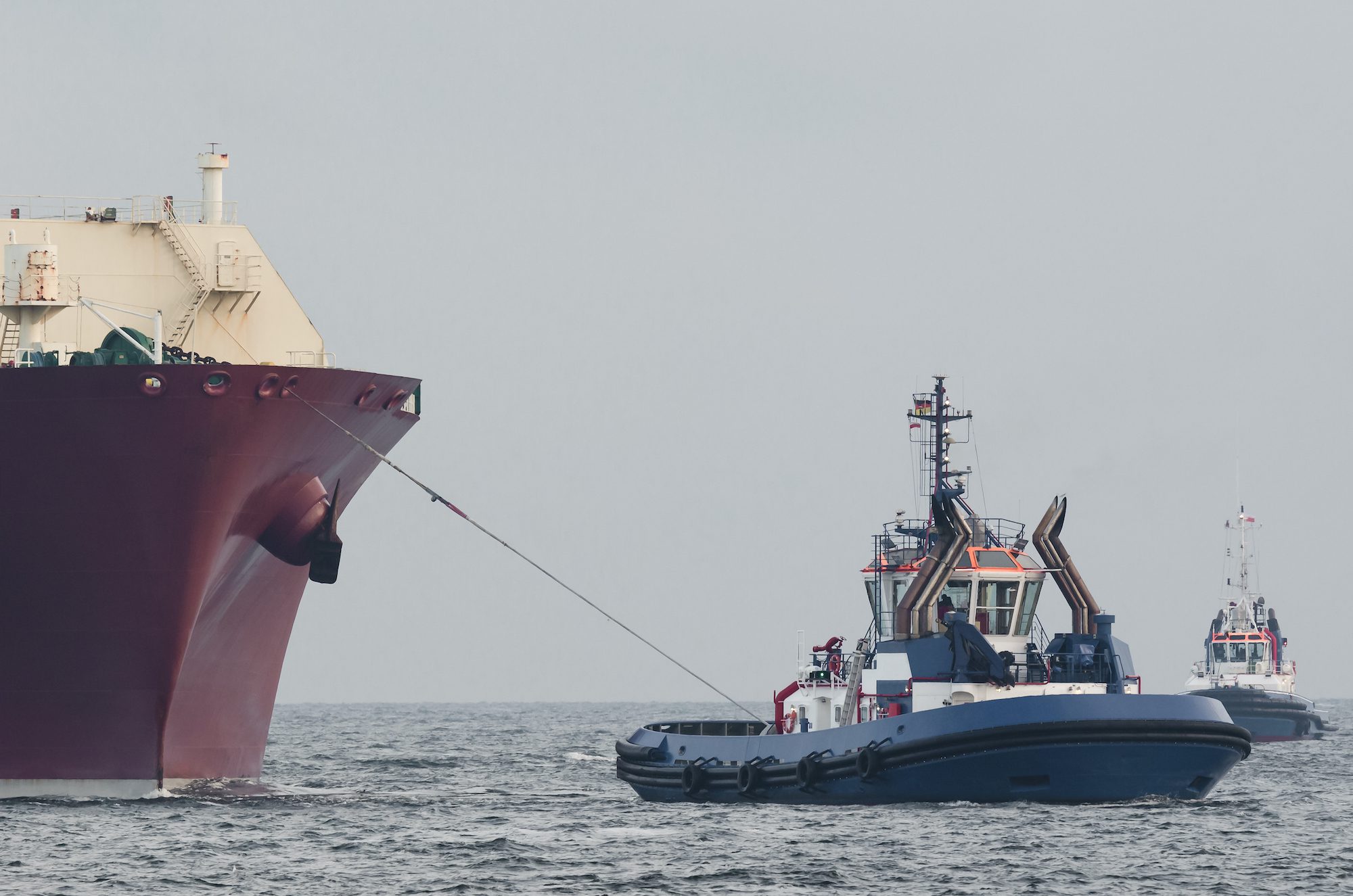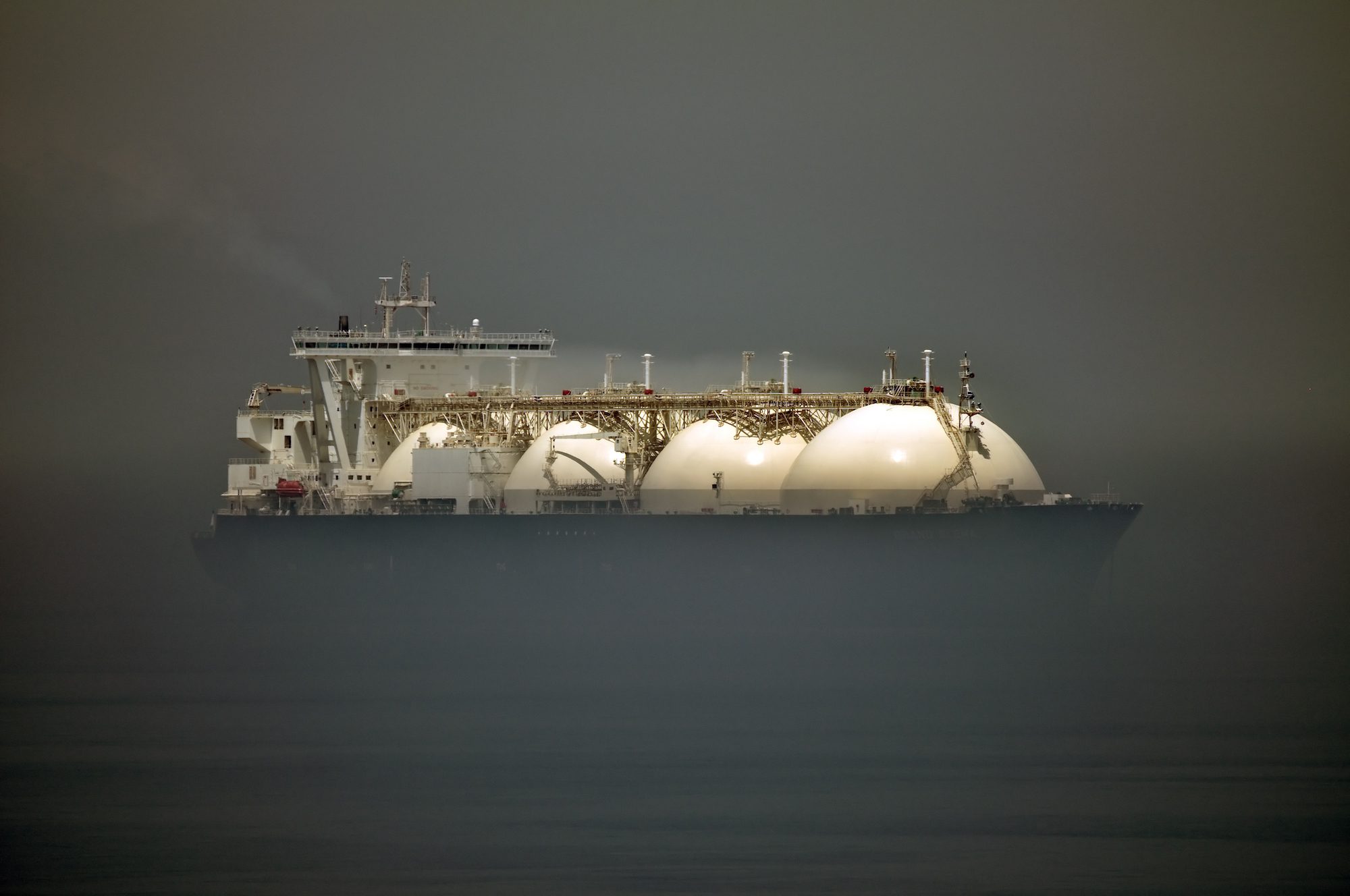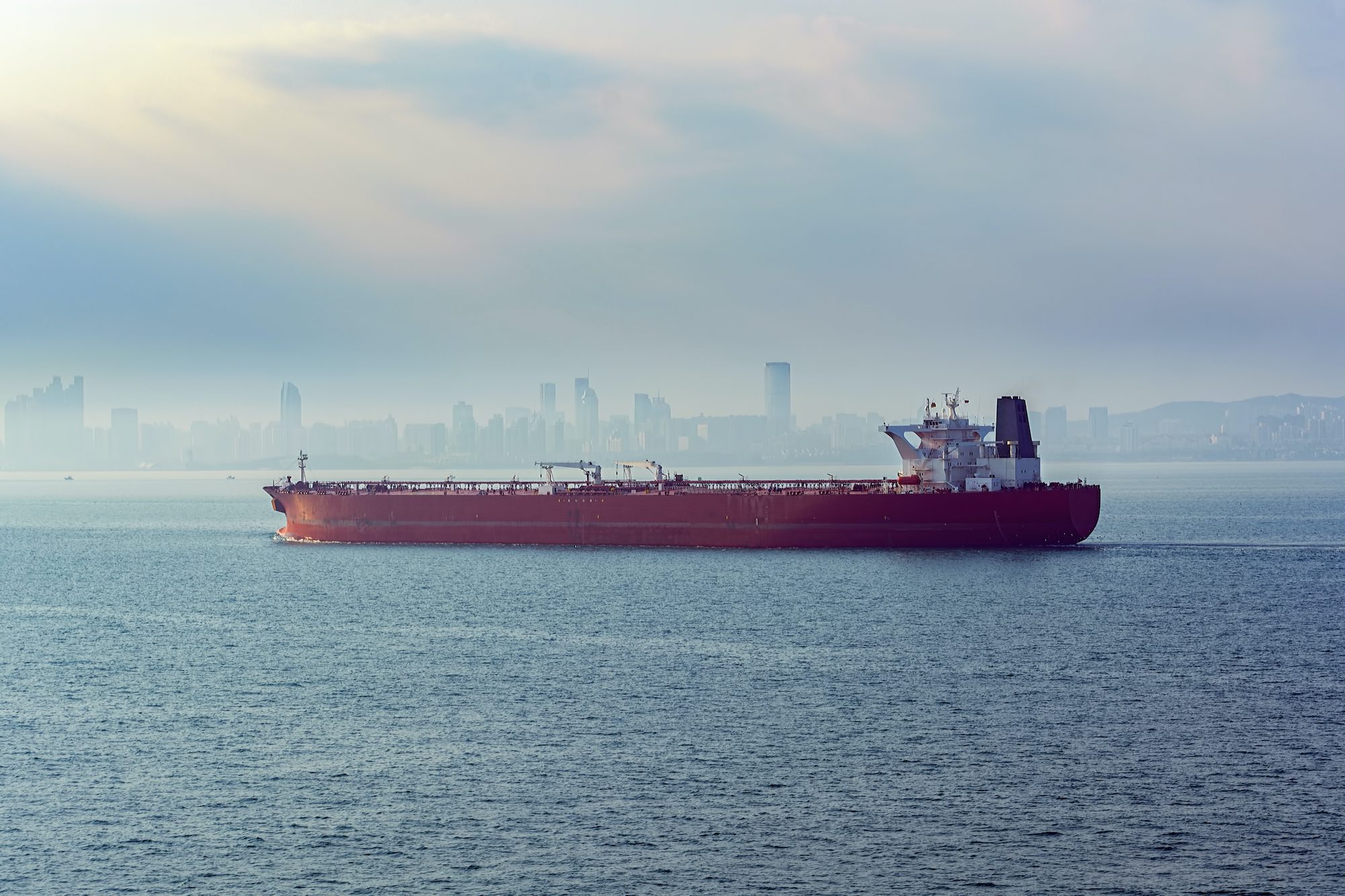By Marwa Rashad and Isla Binnie
LONDON/MADRID, Feb 17 (Reuters) – Europe’s liquefied natural gas (LNG) terminals have limited available capacity to absorb extra supply from the United States or other major producers in the event of Russian gas disruption if it invades Ukraine.
Concerns are mounting that Russia, which provides around a third of Europe’s gas, is preparing to invade Ukraine which could disrupt gas flows to Europe. Russia has repeatedly denied it is preparing to invade Ukraine.
The U.S. administration has recently approached major energy producers such as Qatar and Japan and to see if they can send extra LNG to Europe.
At least half of U.S. LNG shipped this month has gone to Europe, Refinitiv data shows, with Europe poised to remain the top destination for U.S. shipments for the third month in a row.
LNG imports to the continent remain robust. After hitting a record high in January at more than 16 billion cubic meters (bcm), they are at 6.9 bcm so far in February.
This means most of Europe’s LNG terminals are operating at full capacity, especially in north-west Europe, which feed large economies like Germany, France and Britain, raising the question of how much more LNG can be processed.
“A few cargoes could be squeezed into some other countries, but not significant supply,” said Rystad Energy senior analyst Kaushal Ramesh, adding that logistical issues are likely to “burn a hole through buyers’ pockets, again.”
LNG needs to be regasified by transforming it from its freezing condition back to gas and then transported through pipes – either directly for burning or to generation plants to make electricity.
Spain has the continent’s biggest capacity, with six terminals, while Germany has none. The utilization rate for the Spanish terminals was just 45% in January, according to data and analytics firm Kpler.
“The problem with Spain is that it has limited pipeline connections with the rest of Europe with only one pipeline that could take gas from Spain to France and so capacity is restricted somewhat,” said Laura Page, senior LNG analyst at Kpler said.
A European industry source said that Iberian infrastructure could play a role.
“If there is a lack of gas for heating and especially for industry, the hypothesis of using the Iberian peninsula could be tested. But, it will not be enough,” the source said, adding that parking LNG vessels in Iberia could be an option as well.
“In (the Portuguese port of) Sines, maybe we can try to have a few more methane vessels than today, but not many more because it’s almost fully operational.”
(Reporting by Marwa Rashad in London and Isla Binnie in Madrid, additional reporting by Sergio Goncalves in Lisbon; Editing by Nina Chestney and David Evans)
(c) Copyright Thomson Reuters 2022.

 Join The Club
Join The Club












